Xiaomi Mi Note 10 Review
Xiaomi Mi Note 10 Review
Does a phone need five cameras on the back?
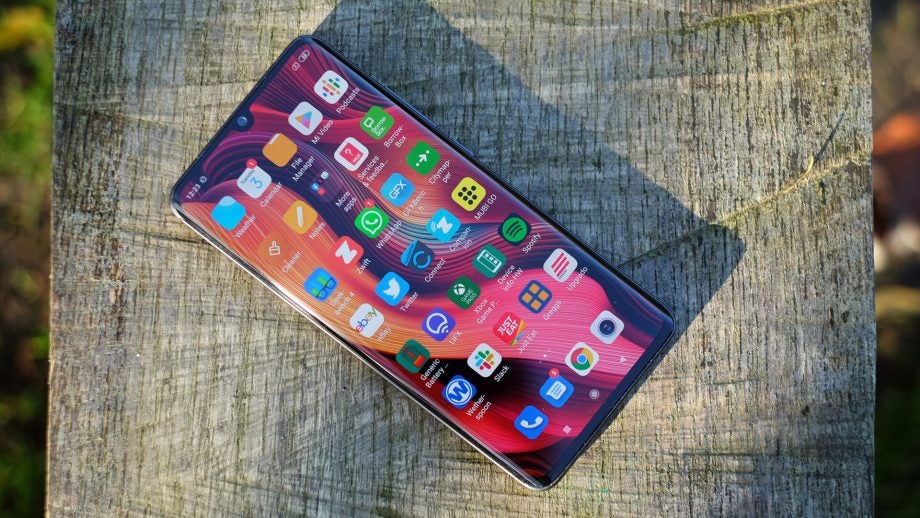
Verdict
The Xiaomi Mi Note 10 may not be the most finely polished phone on the market, but you get plenty of hardware for your money.
Pros
- Smoothly curved glass front and back
- Great zoom cameras
- High-quality 108MP main sensor
Cons
- Camera is slow
- Protruding camera housing
- Some software quirks
- Low-light images aren't best in class
Key Specifications
- Review Price: £474
- 108-megapixel main camera
- 5 cameras on the back, including a 2x and 5x
- 6GB RAM, Snapdragon 730
- 128GB storage
- Headphone jack
- 5260mAh battery
- 6.47in OLED display, FHD+
The Xiaomi Mi Note 10 is a mid-range phone with some high-end device design traits. It has more cameras than sense and an expensive-looking, curved-glass front.
A 108-megapixel camera and massive 5260mAh battery are headline numbers that are sure to attract some attention.
This isn’t quite the world-beater you might expect in other respects, however. Its camera is slow; there are some day-to-day issues that make it seem more sluggish than it is. And while the battery is sizeable and lasts okay, you might expect even better stamina for its spec.
There’s still plenty to like here, but the cheaper Xiaomi Mi 9T Pro and Oppo Reno 2 may be a better choice for some.
Xiaomi Mi Note 10 Price
The Mi Note 10 isn’t officially on sale in the UK or USA yet. However, it’s available for as low as £333 from sites like Gearbest (RRP £474).
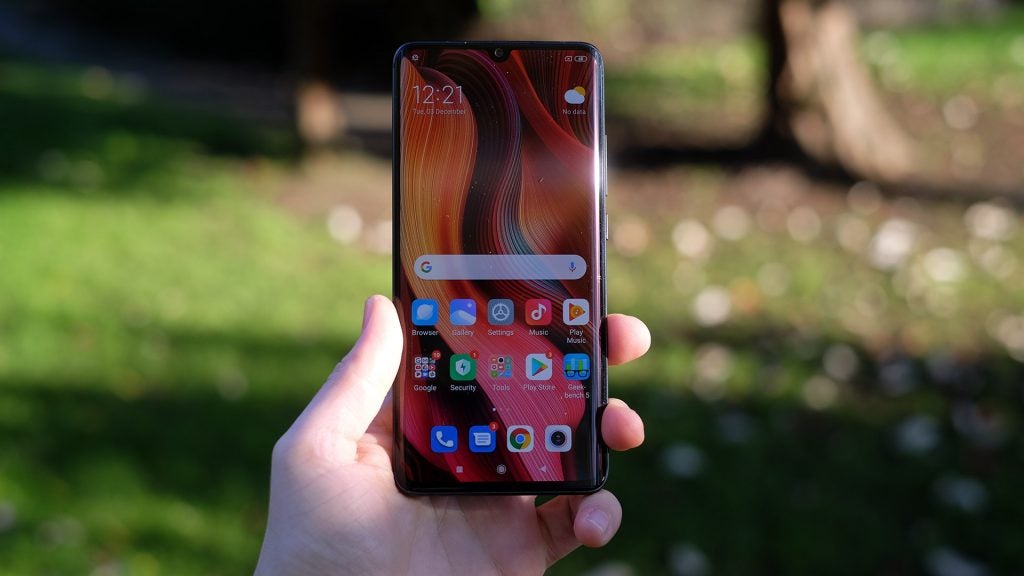
Xiaomi Mi Note 10 design – A almost-premium look, but the fingerprint scanner is hit and miss
In some areas, the Xiaomi Mi Note 10 is made to the same standard as a phone costing twice the price. Its sides are metal, and both the front and rear of the device are substantial, curved pieces of glass. There’s no plastic border sitting between the metal and glass either, which is highly unusual for a phone costing less than £600.
This invites comparisons to handsets such as the Huawei P30 Pro and Samsung Galaxy S10, both of which are more expensive. But it’s the camera housing found on the rear of the Xiaomi Mi Note 10 that you may well notice first.
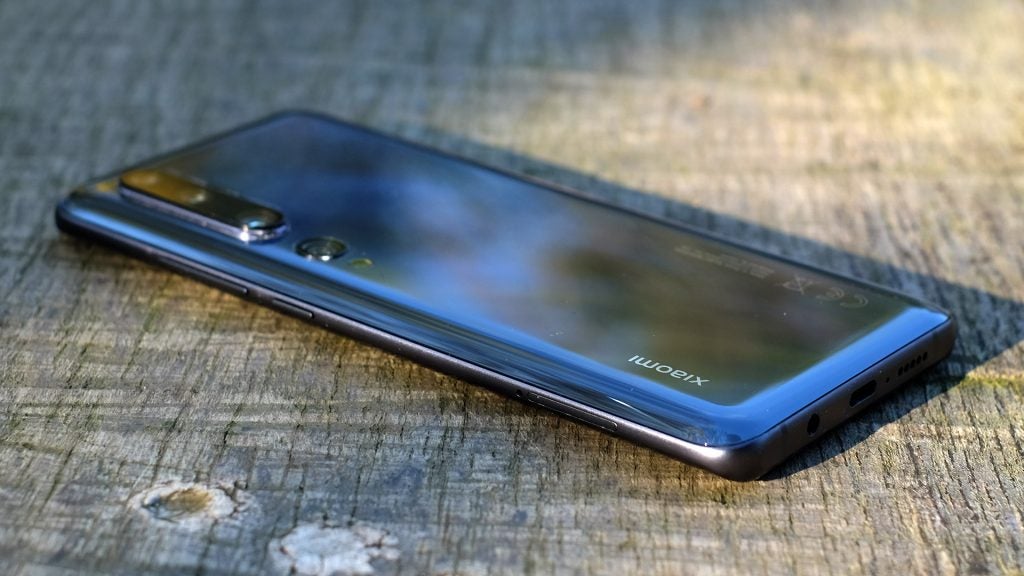
It’s huge and protrudes, noticeably so considering the Xiaomi Mi Note 10 isn’t an ultra-slim handset to start. Xiaomi has a good excuse: the phone’s battery is significant in size. But what I get from the Mi Note 10’s design is that it’s a phone that’s made to wear a coat – the silicone case that comes in the box.
In fact, the Xiaomi Mi Note 10 feels almost incomplete without its silicone case, which smooths out the carbuncle of camera.
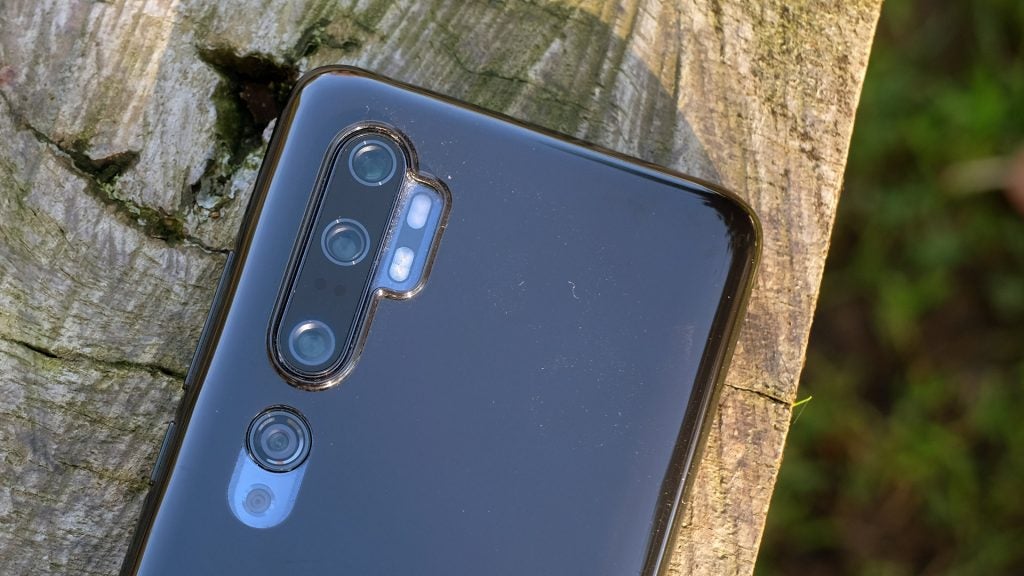
If you want a phone that looks and feels super-expensive at around £400, the Oppo Reno 2 arguably pulls this off better than the Mi Note 10. Oppo has made that handset attractive whether in or out of a case.
The Xiaomi Mi Note 10 is all about the curves, although it’s a shame then that in the case you’re unlikely to really get to appreciate them. Note, too, that the Mi Note 10 doesn’t offer any water-resistance. This is the norm at the price, but again reminds that similarity to phones double the price is actually somewhat thin.
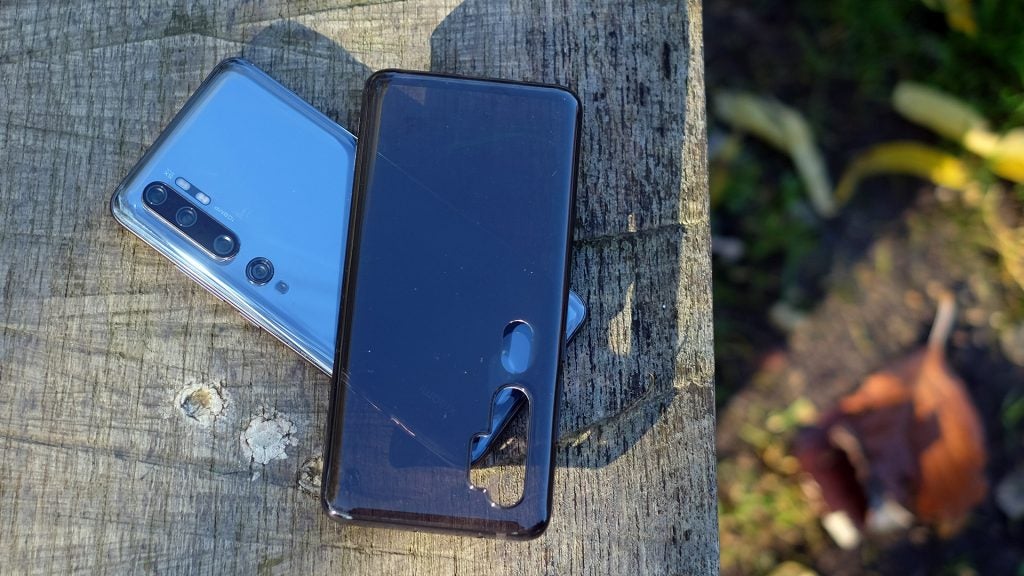
The handset’s in-screen fingerprint scanner isn’t nearly as good as those of top-end phones, either. Picky about finger placement, highly sensitive to moisture and prone to mis-reading a perfectly good imprint, you might resort to using face unlock instead. As in-screen scanners become more common in mid-range phones, slightly dodgy units such as this are now quite common.
Its performance dipped over the course of a week or so. While it improved a little after re-training the scanner to recognise my finger, it’s still far from ideal. The fact that rear and side finger scanners have been largely excellent for years now makes it the unit here all the more annoying.
That’s enough negativity for now, though. The Xiaomi Mi Note 10 feels better than any Samsung phone at the price, and you don’t get a curved front with the Oppo Reno 2.
The Xiaomi Mi Note 10 also has an IR blaster. It enables the Mi Remote app, which lets the phone act as a universal remote, sending out the same commands as your TV remote (as long as it isn’t a flashy Bluetooth one).
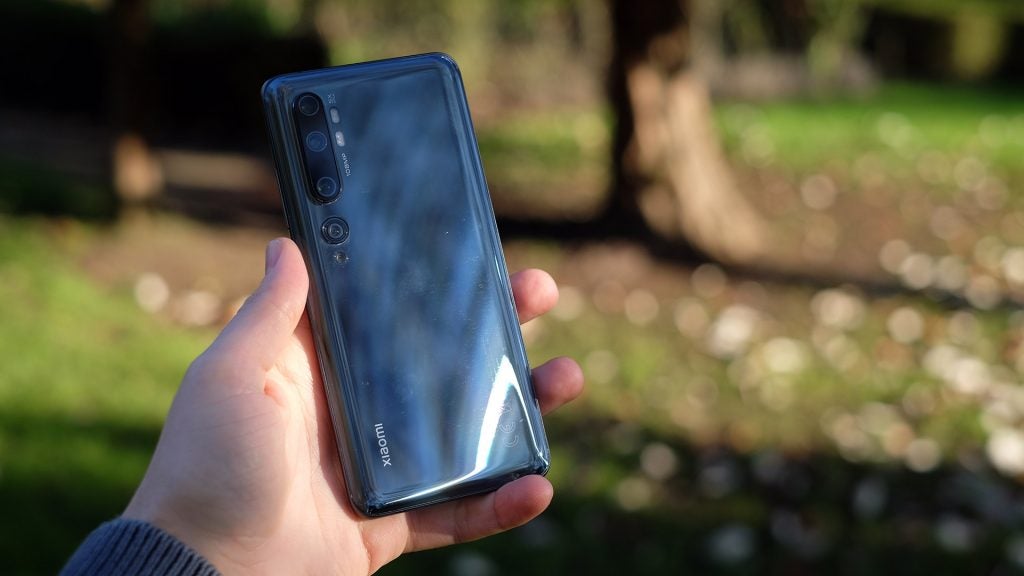
Xiaomi Mi Note 10 screen – An OLED panel and all the benefits this brings
A motorised front camera is the most obvious feature lacking in the Xiaomi Mi Note 10. Xiaomi includes these in other phones, but here we get a more conventional teardrop notch.
The inclusion of the former would have made the Mi Note 10 the full package – a curved front, undisturbed by notches. But even the hyper-aggressive Xiaomi has to establish a limit.
The Mi Note 10 has a 6.47in screen, an OLED panel with a 2340 x 1080 pixel resolution. It’s an excellent screen for the money. You may find larger, but you won’t find much better, particularly if the curvy front appeals.
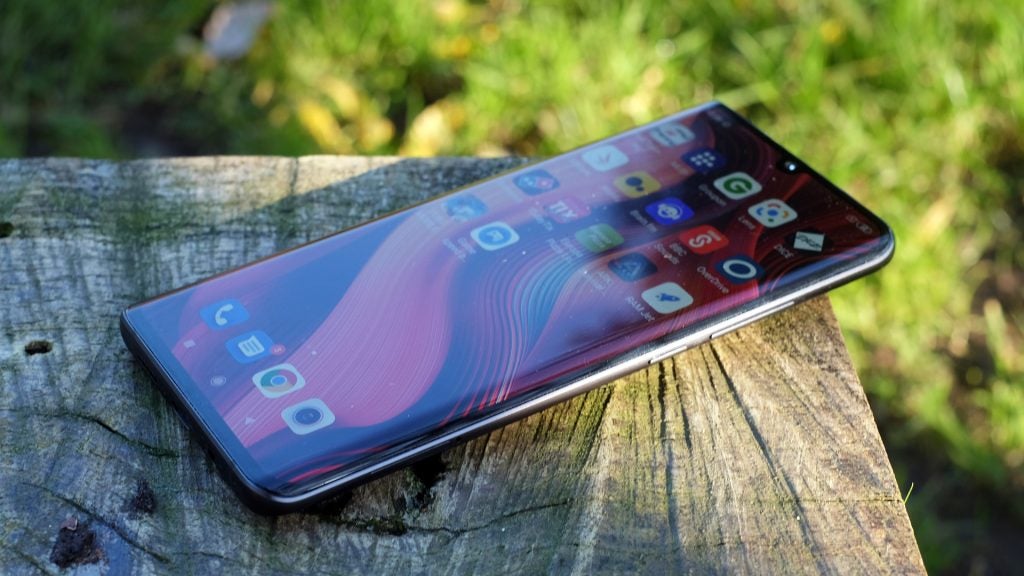
Not had a phone with an OLED panel before? They offer unparalleled contrast and super-deep colour. You can choose between a super-saturated or more natural colour profile, or one that changes the screen character based on ambient lighting.
With the Mi Note 10, I’ve had no trouble at all with the auto brightness setting – which can be an issue on less well-optimised phones. Plus, there’s enough brightness – a claimed 600 nits – to get by comfortably on brighter days.
However, the Xiaomi Mi Note 10 does seem to have an odd bug that makes the screen flash bright for a fraction of a second when unlocking. It isn’t catastrophic; more disconcerting.
The screen is sharp, bold and rich, and it supports 1080p Netflix. HDR support is here, too – and, not surprisingly, looks excellent in a room with controlled lighting that lets you appreciate the brightness of the display.
How do rivals at the price compare? The Samsung Galaxy A70 screen is of an even more generous size, and the Reno 2’s is effectively larger for movies since it doesn’t have a notch.
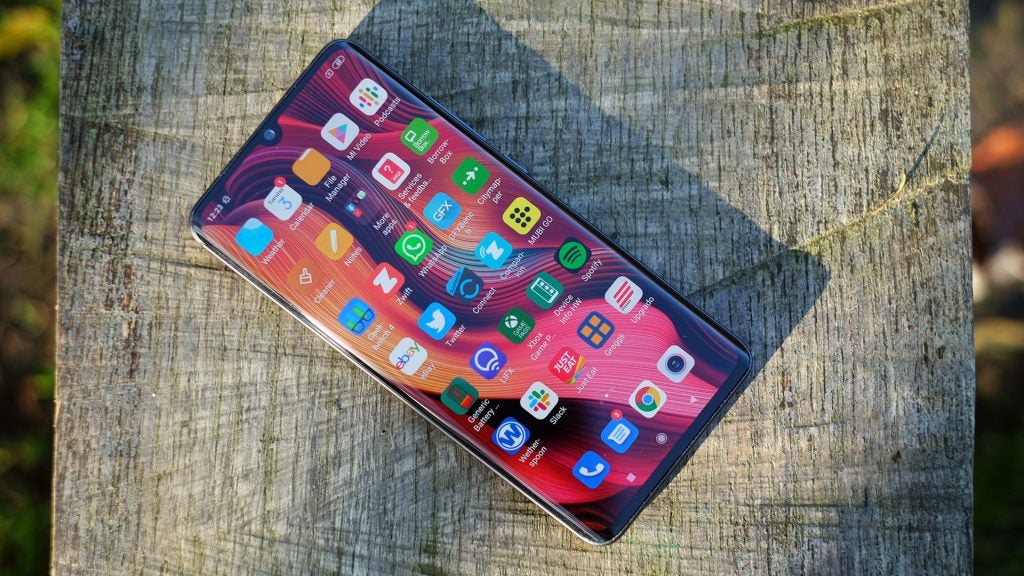
Xiaomi Mi Note 10 software – The lack of an app drawer disappoints
The Mi Note 10 runs Android 9 with Xiaomi’s MIUI interface. Its visual style is similar to that of Huawei; it’s not as rounded as Samsung, and not as stiffly sharp as Oppo’s.
I have no real issues with the software’s looks, but customisation is limited in one important respect. There’s no app drawer in MIUI. Any apps you install end up on homescreens – and, unlike Huawei’s UI, there’s no option to add a dedicated app area.
The Xiaomi Mi Note 10 has an extra homescreen packed with widget-like shortcuts to Xiaomi apps and tools. It’s just as useful as it sounds (not very), and I’ve ignored it almost entirely when actually using the phone. You probably will too.
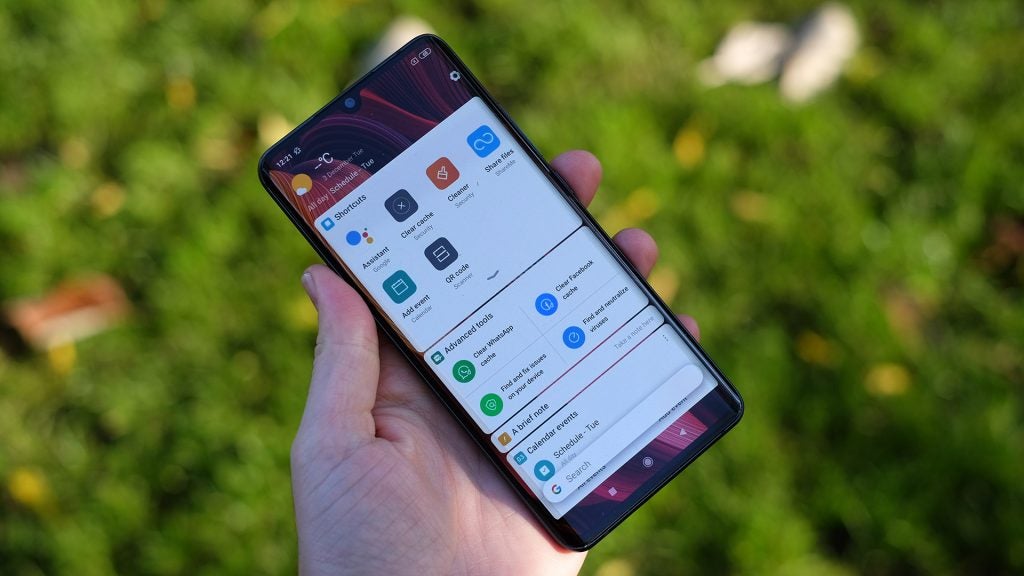
Personally, the lack of a proper app screen bumps MIUI down to the lower rungs of Android interfaces for me. But if you’re not similarly attached to one, the Mi Note 10’s software is perfectly fine.
Xiaomi Mi Note 10 performance – It isn’t the fastest, but it’s a decent performer
A mid-range processor, the Qualcomm Snapdragon 730G, beats at the heart of the Mi Note 10. It’s the same chipset that comes in the Oppo Reno 2; Samsung’s Galaxy A80 has the similar Snapdragon 730. This “G” version simply has higher-clocked graphics hardware for slightly better performance in games.
In practice, this works well. You can play Ark: Survival Evolved comfortably at High graphics, with the resolution slider set at around 70%. PUBG runs well maxed-out – just turn on anti-aliasing to get rid of the jaggies.
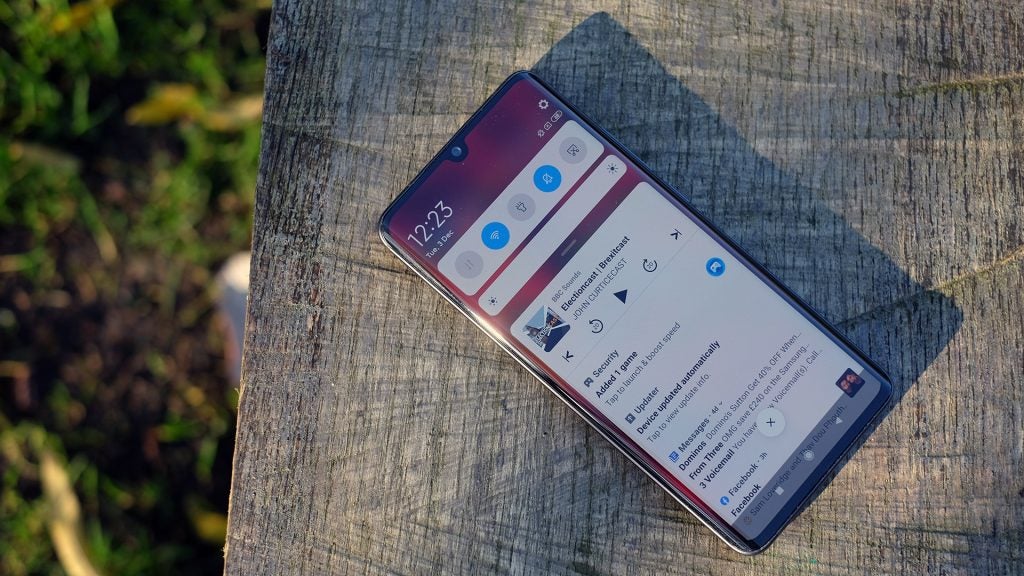
Day-to-day performance is technically sound, as you’d hope from a device with a good CPU and 6GB of RAM. However, it ends up feeling flaky thanks to a slightly unreliable fingerprint scanner and the odd screen-flash unlock effect mentioned in the display part of this review.
The Mi Note 10 also isn’t the fastest phone you can get from Xiaomi at the price. Its Xiaomi Mi 9T Pro costs less but has a far more powerful Snapdragon 855.
According to Geekbench 4 and 3D Mark, that phone has around 70% more CPU power and well over twice the GPU power.
Xiaomi Mi Note 10 camera – Punchy and engaging images that will have you taking more
The camera is where you’ll discover the Xiaomi Mi Note 10’s most significant performance issues. It’s slow.
There’s shutter lag of around half a second, and the processing of images takes a very long time. The reason becomes clear on taking a closer look at the tech inside.
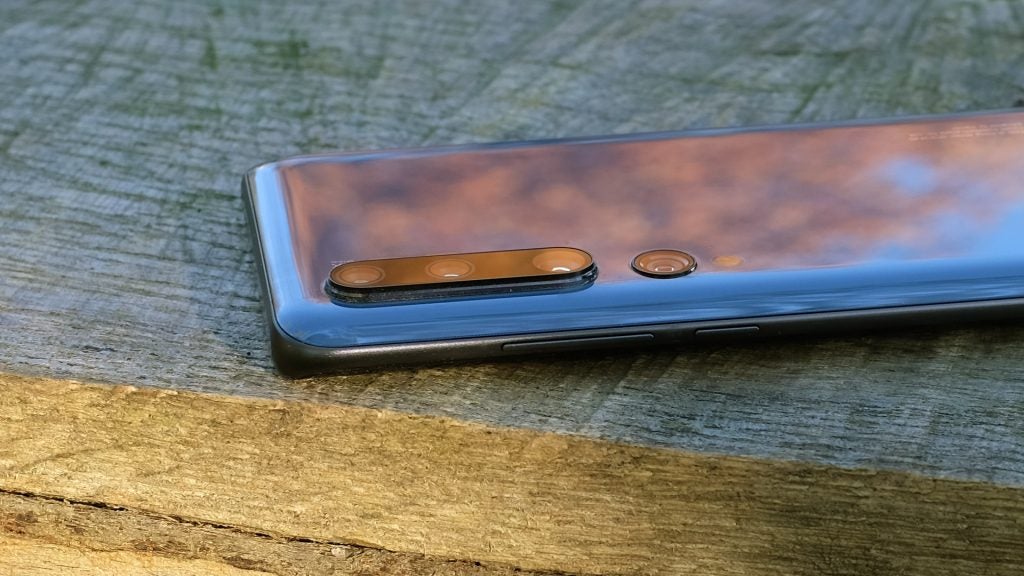
The Xiaomi Mi Note 10 has a 108-megapixel main camera, which uses pixel binning to output 27-megapixel images. You could argue this is better thought of as a 27-megapixel camera then, since the Samsung S5KHMX sensor is primarily designed to shoot at that resolution, and actually uses an algorithm to shoot 108MP images that sound like its natural output.
Either way, there’s a lot of data to process in each image. 108-megapixel shots end up at around 35MB each.
Normal shots are packed full of detail; 108-megapixel shots even more so. There’s a slight painterly quality to those ultra-high-res images, common to “AI” algorithm-assisted shots. However, I’m impressed by how natural they continue to look, and how different they are to the 27-megapixel images.
The character of the images relies on fairly high contrast, with rich colour. It’s a high-energy look, not a neutral one. But shots taken with the Mi Note 10 are consistently punchy and engaging.
The camera is also unusually good at dealing with the light levels of tricky scenes such as sunsets, and tends to overexpose sky-free nature scenes less than most mid-range phone cameras I’ve used in 2019.


The Mi Note 10’s 108-megapixel images tend to display significantly more purple colour noise than 27-megapixel pictures. However, this sort of makes sense when you consider that combining pixels should theoretically increase its ability to weed such distortion. In addition, I only noticed the purple haze when zooming in to the images.
I’m also impressed by most of the other cameras that feature on the Mi Note 10’s rear. There’s a 2x zoom, a 3x zoom lens the phone crops into for 5x images, an ultra-wide and a dedicated macro.
The macro sensor is the only real “dud”. I took a trip to the park with the Xiaomi Mi Note 10 during testing to see whether it takes close-ups better than the 5x zoom or 108-megapixel modes. In almost all situations I was able to get better results from the other cameras, cropping to get close.
Close-up focusing is the main benefit of the macro camera. And, unlike many of these mini-macros, it does have autofocus. However, since the sensor is a piddly 2-megapixel resolution, it can’t actually render much detail, even with perfect focus.


You get the finest of macro-like detail using the main camera
It works for remedial macro shots, where you want to get close and have a fairly shallow depth of field. But for actual macro-level detail capture, it’s a bust.
The zoom results are much better. Most mid-range phones take poor pictures at 5x. The Mi Note 10 takes good ones, even if it does “cheat” and crop into a 3x zoom, 8-megapixel sensor to achieve them. It feels like a real native zoom, without the digital obfuscation of zoom-by-processing. I find this makes the camera more fun to use, and helps offset the frustration of its lethargic feel.

Its ultra-wide 20-megapixel camera is similar. You don’t see the quality drop-off of some mid-range phones, and so you’ll end up using it more.
Night image quality is a slightly mixed affair. Shoot using the auto mode and the Xiaomi Mi Note 10 takes slightly vague-looking low-light images. Texture detail increases hugely when you use the Night mode, and the shadows are lifted significantly for a less dark-looking image. They’re not as good as the Pixel 3a XL‘s night shots, but they’re good enough.
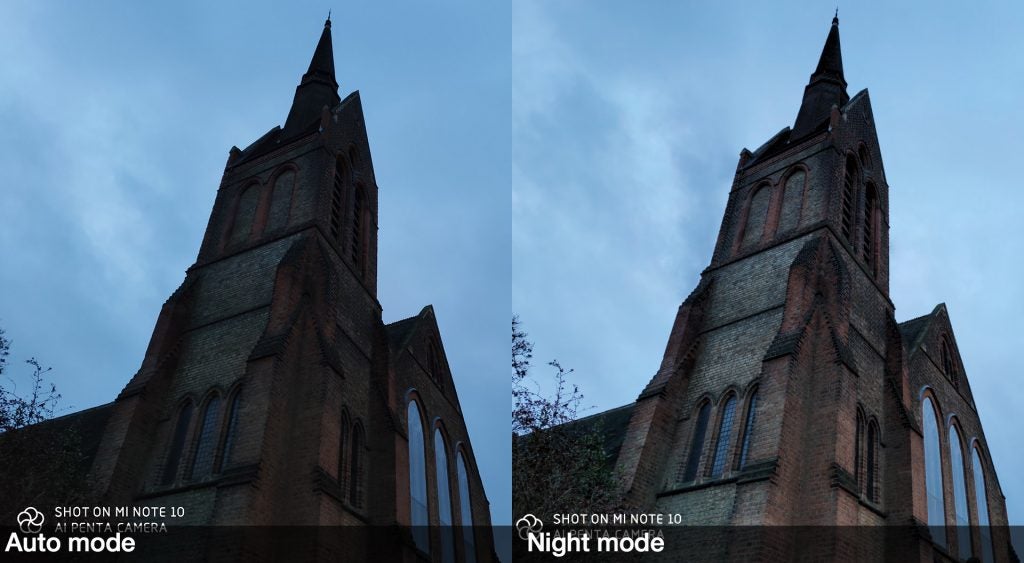


And after all the complaints about speed, Night mode doesn’t take that long to shoot – just a couple of seconds. There’s still a wait for processing after the shoot, but it’s the exposure capture that actually stops you going about your business.



The Xiaomi Mi Note 10 doesn’t remotely mine the capability of the 108-megapixel sensor for video. Samsung says it’s capable of 6K video capture, but the phone taps out at 4K, 30 frames per second. Why? It’s the hard limit of the Snapdragon 730G processor, according to Qualcomm.
Xiaomi has made surprisingly good use of this 108-megapixel sensor, but we’ll likely see it exploited even further in other phones.
However, video versatility is otherwise great, as you can shoot using any of the cameras. And since the 2x and 5x views both have optical stabilisation, they’re genuinely usable.
There’s one more slightly pedantic point to make here. What is the point of having 2x and 3x zoom lenses in a phone that also has a 108-megapixel 1x camera? Smarter use of software could remove the need for one of these cameras.

Xiaomi Mi Note 10 battery life – Generous capacity that will easily outlast rivals
The Xiaomi Mi Note 10 has what sounds like a ridiculously large battery – it has a 5260mAh capacity. This is huge for any phone, particularly one with a 1080p 6.47in screen.
The battery lasts well, although in my experience it didn’t come close to the Oppo A9 2020 I tested recently. The level of power remaining by the end of the day fluctuates between 30% and 50%; it’s enough to give those who abuse their phones all-day comfort. But on hearing that the Mi Note 10 has a 5260mAh capacity battery, you might expect two days of solid use between each charge.
While this isn’s something I saw, the Xiaomi Mi Note 10 still comfortably outlasts most handsets, including many of those in the £800-1000 price bracket.
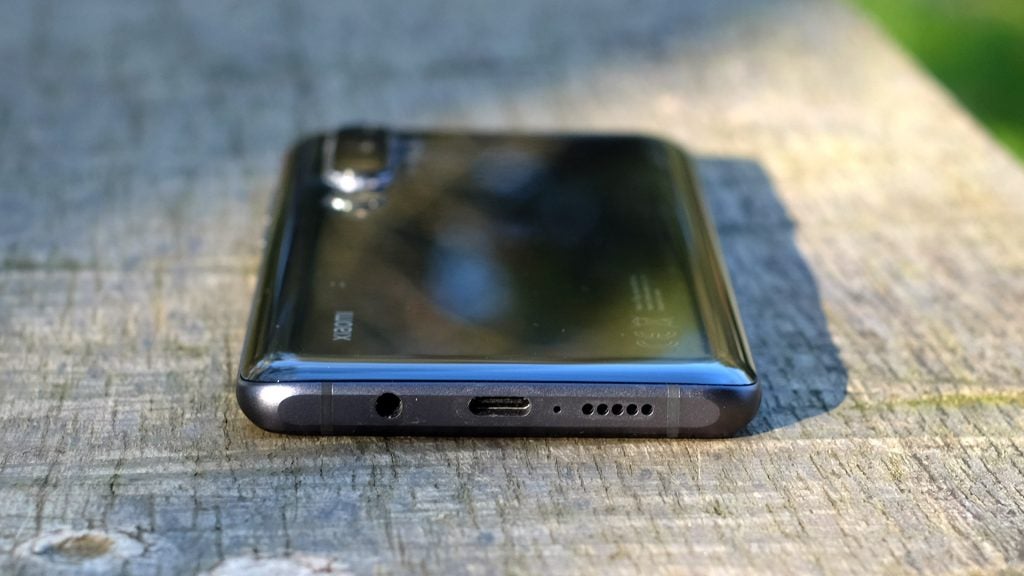
Should I buy the Xiaomi Mi Note 10?
The Xiaomi Mi Note 10 is a good phone that, like most Xiaomi handsets, is attractively priced. The quality of the hardware included for the money is good – or much better in the case of the camera lineup. The main 108-megapixel camera impresses, as does the quality of its zoom images.
However, this handset is lacking a degree of polish. The camera is slow, it isn’t the most attractive of phone despite all that curved glass, and the fingerprint scanner performance is poor.
Nevertheless, despite all its flaws the Mi Note 10 is still a good-value phone that offers similar photo composition flexibility as the Huawei P30 Pro.
How we test phones
We test every mobile phone we review thoroughly. We use industry standard tests to compare features properly and we use the phone as our main device over the review period. We’ll always tell you what we find and we never, ever, accept money to review a product.


